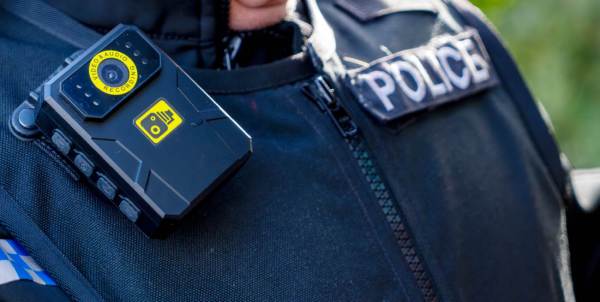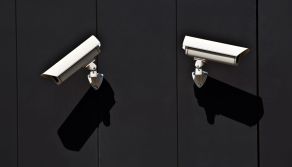Gun-mounted camera pilot comes to Minneapolis suburb police department

As body-worn cameras are being adopted at an accelerating pace by police around the country, one small department in Minnesota is experimenting with putting the camera somewhere else.
The West Hennepin Public Safety Department, based in the Minneapolis suburb of Independence — a city with a population of about 3,500 — will soon begin a pilot to test gun-mounted cameras for use by its 10 officers. Police Sgt. Rick Denneson said they began looking into body-worn cameras during the International Association of Chiefs of Police conference in April, but decided they didn’t want to take on the risks associated with being an early adopter. But as fate would have it, they would end up testing something even newer.
Soon after the conference, the department was approached by the Minneapolis-based Viridian Weapon Technologies, a company better known for its laser sights, to initiate a pilot program. The department doesn’t have the tech yet, Denneson said, but he expects to begin testing the cameras, which mount on firearm rails, within the next 30 days.
“The nice thing that I like about it is the way that it’s manufactured and set up, there’s no officer interaction for turning it on or turning it off, other than the fact that when you unholster your firearm, it automatically comes on,” Denneson said. “When you holster the gun back in your holster, it turns off. … In a tense situation when you’re taking your firearm out, the last thing you’re probably going to want to think about is, ‘Hey, should I turn this camera on?'”
The company advertises the gun-mounted cameras as lightweight — they’re about 3 ounces — and as cheaper than body cameras. Their cost is projected to be about $500 per unit for five years of use by an officer, compared to an approximate $3,000 projection for a body camera within the same time period.
The technology is also being touted as a means of circumventing one of the biggest technical challenges surrounding body-worn cameras: data management.
Police chiefs tell StateScoop that body worn cameras are constantly racking up thousands of hours of footage that is subject to public data requests, and requires departments to procure specialized redaction software and data storage. Because the West Hennepin Public Safety Department already has vehicle-mounted cameras and its officers are equipped with body-worn microphones, Denneson said, this technology might allow his department to avoid being overwhelmed by data management issues.
“There probably is just not going to be that much data collected compared to a body-worn camera,” Denneson said.
Another purported benefit of gun-mounted cameras is that they’re not as likely to have their view blocked by an officer’s arms or other obstacles, though this and other functionality is expected to be proven out in the department’s testing. They will test a variety of scenarios, Denneson said, including low-light, no-light, bright light, and cold weather.
Officers, he said, have been eager to volunteer for the pilot.
“I think our officers are comfortable and confident with the way they perform their duty,” Denneson said. “They have nothing to hide … and they say, ‘Great, I want to show what I did. I have no intent of doing anything wrong, and if I can show it from another angle that I did what I was trained to do and did it to the best of my ability, bring it on.'”
There have been nearly 150 officer-involved shootings in Minnesota since 2009, according to the state’s Bureau of Criminal Apprehension. The July shooting of Justine Damond, a 40-year-old Australian woman who was killed by a Somali-American Minneapolis Police Department officer after she called 911 to report an assault near her house, is one of the latest to draw national attention to the issue of police force and the technology that might help deconstruct its origins.






